10.7.11 Liquid Sunshine
Indian summer. We bandy that phrase around quite a bit at this time of year, hoping to conjure up those crisp, sunny days. The expression has been used for more than three centuries, first described in 1778 by John Hector St. John de Crevecoeur, a French-American writer in rural New York: "A severe frost prepares it to receive the voluminous coat of snow which is soon to follow; though it is often preceded by a short interval of smoke and mildness, called the Indian Summer." Its etymology is debated. In Colonial New England, Indian Summer referred only to a January thaw, when Native American raiding parties could be expected in the western and northern areas; the ground had briefly lost its snow cover so tracking the raiders back to their winter camps was much more difficult for the Colonials. Or perhaps it's because this was the traditional period during which early Native Americans harvested their crops of squash and corn. The modern use of the term refers to a period when the weather is sunny, clear and above 70º, after there has been a sharp frost; a period normally associated with late-October to mid-November. It's also used metaphorically to refer to a late blooming of something, often unexpectedly, or after it has lost relevance. (See "middle-aged women.") We haven't actually had the first frost yet—though the temperatures veered awfully close just this morning—but, after a week or two of brisker day, we're expecting a veritable heatwave—77º this weekend. I'm not sure how I feel about that, though it may mean we get to pull a few more tomatoes off the vine. For those of you still reaping summer's bounty, cook it down to the essence of sunshine: a brilliant yellow, sharp and fruity Sunshine Sauce.
I had a whole bunch of G's yellow Roma tomatoes from our garden, as well as enormous pineapple tomatoes and sweet yellow bell peppers from our friends at River Brook Farm...
Alice: relentlessly cheerful despite her brutal workload, and so in love with her plants and animals.
And Neil: super-friendly and chatty, an avid fisherman and vocal opponent to fracking.
This is the perfect time of year to seize vast quantities of late-season tomatoes and other produce, cook them down to a puddle of sweet vegetable goodness, then freeze them. If you're too harried to can (as am I), this is such an easy way to preserve the wonderful taste of tomatoes that you won't be able to get until late next summer. Don't tell me you're going to buy those mealy, inspid, gassed creatures they'll start passing off as tomatoes any time now. You can make a few batches of sauce and do like the restaurants: spoon it into ziploc bags and lay them flat to freeze. They stack up beautifully and don't take up a lot of room this way.
Even if I didn't have to cook gluten-free for G, I would serve my Sunshine Sauce with chewy, earthy buckwheat pasta. In case you don't know, buckwheat has nothing to do with wheat. And it's not a grass or cereal either. It's actually a pseudocereal—I swear. It was a common crop here in the 18th and 19th centuries, but later cultivation declined sharply because of the use of nitrogen fertilizer, to which corn and wheat respond strongly and buckwheat does not. The flour is huge in Japan, where soba noodles are popular, and the groats go over big in Eastern Europe. (No, grandma, I can't eat another bite of kasha!) I encourage you to pick some up; you can often find it in the gluten-free or ethnic sections of the market. Try it with this sauce, and a liberal dusting of parmesan or a pillowy blob of fresh ricotta. And let the Sunshine in.
Sunshine Sauce
makes about 6 cups
- — 1 large yellow onion, diced
- — 1 jalapeño, minced
- — 1 yellow bell pepper, diced
- — 1/2 medium fennel bulb, diced
- — 3 pounds yellow tomatoes, roughly chopped
- — 1/3 cup dry white wine
- — 1/2 teaspoon fennel pollen
- — sea salt & freshly ground black pepper, to taste
- — sugar or agave, to taste
Pour a glug of olive oil into a large sauté pan and heat over medium-high. Add onion, jalapeño and a pinch of salt and cook until onion is wilted. Add wine and cook down until mostly evaporated before adding bell pepper, fennel and tomatoes. Continue to cook for 30-45 minutes, until all the vegetables are very soft and have come together in a sauce. Stir in the fennel pollen. Taste for salt and pepper, and add a bit of sweetness if your tomatoes need it.
Puree sauce. If you like it very silky, push it through a fine strainer. This will keep in the fridge for several days, or in the freezer for many months.
 Download Recipe
Download Recipe






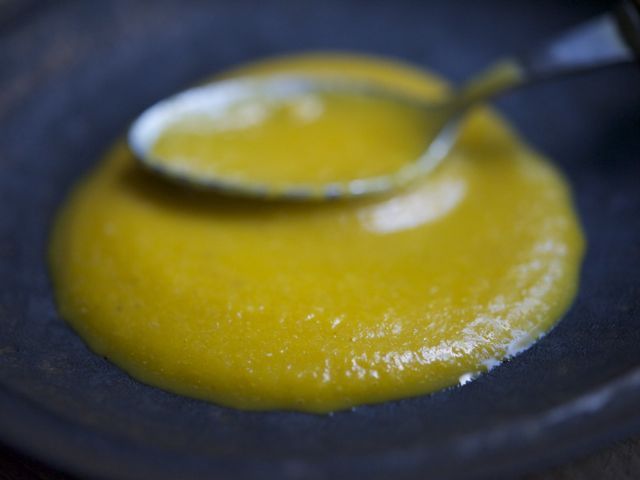
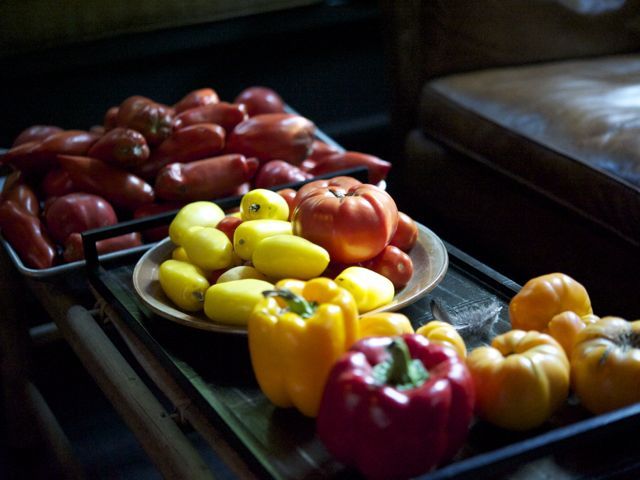
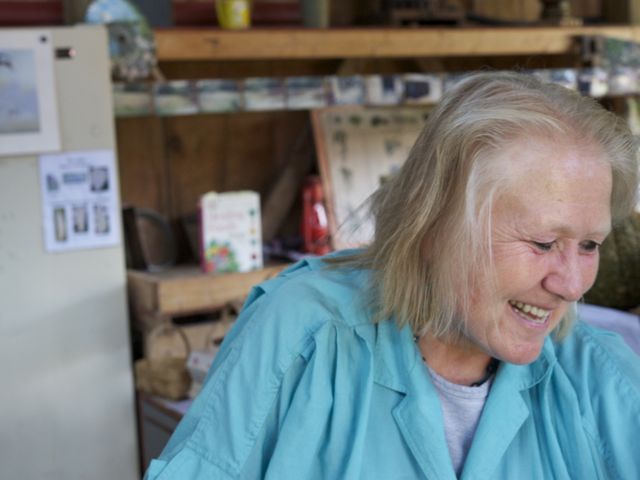

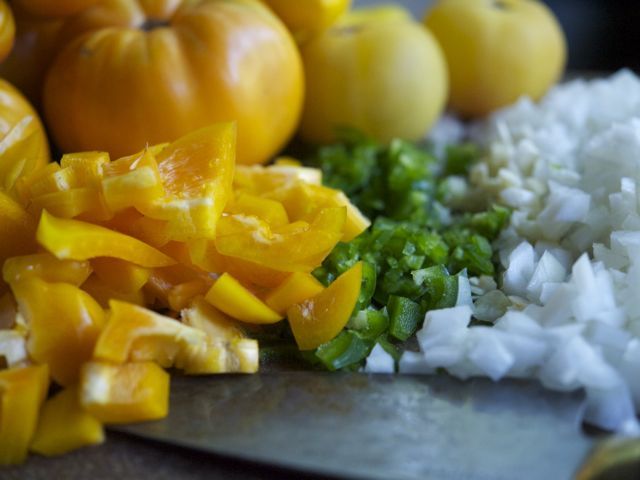
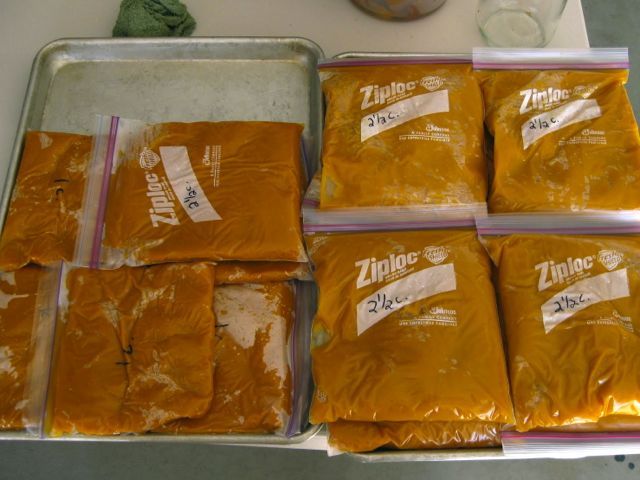
0 Comments